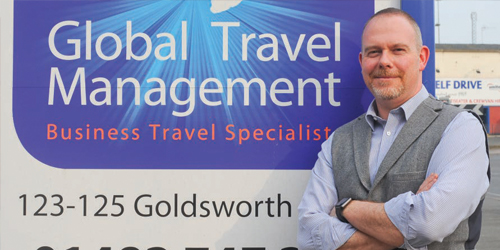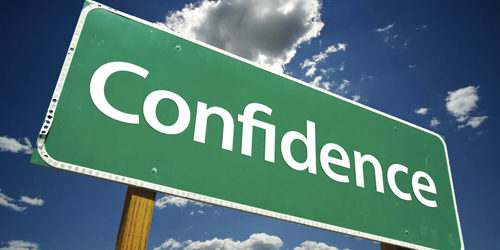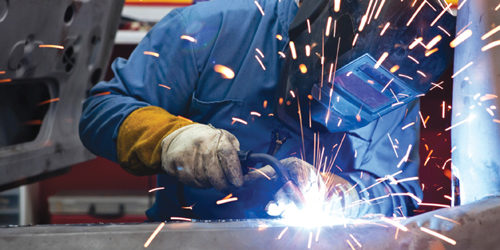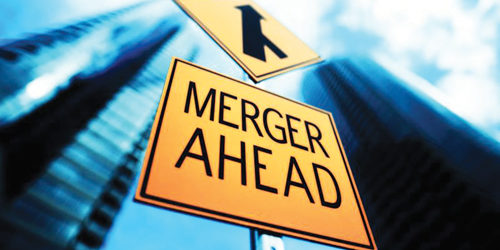
There's something in the air in Berlin. The city has forged a special cultural identity based on its modern history, and the legacies of the Second World War and the Cold War era pulse through the city’s core. A walking tour of the city leads you past monuments still in need of repair, despite being bombed more than 70 years ago. Berlin has had to pay heavily for Germany’s role in the wars, and the nation only finished repaying its billion-dollar debts from the First World War in 2010, let alone the second. The city has needed to be gritty, creative and forward-thinking to prosper, and the result is a dynamic culture of fresh starts, architecture built from scratch and cleverly re-purposed buildings steeped in history.
“Berlin attracts visitors with its own vivid atmosphere,” says Heike Mahmoud, Director of Conventions at Visit Berlin’s Convention Office. “Each year sees more participants in conventions and conferences travelling here, enjoying its unique rhythm.”
As with many cities faced with adversity, Berlin has cultivated an impressive start-up culture: “Global companies like Microsoft
and Google are coming here to search for talent and the next ‘big idea’,” says Mahmoud. “Therefore, the city has the right atmosphere for congresses dealing with innovation. Last year saw more than 50 events held here that were focused on global digitalisation issues, an average of one conference a week.”
In Berlin, meeting space is certainly not limited to cookie-cutter carpeted ballrooms. Over the past few years, unique venues have emerged – such as Stadtbad Oderberger Straße, a renovated 1902 public bathhouse with soaring vaulted ceilings – as well as state-of the art congress centres such as CityCube, now Berlin’s second-largest venue, a super-sleek cube-shaped 22,000 sqm site.
“I’d have to say that the Axica is my favourite venue,” says Scott Pawley, Managing Director of Global Travel Management. “It’s a very exclusive conference and convention centre that is actually a DZ Bank, and is located right by the historic Brandenburg Gate.” From the outside, Axica is like any other bank, but you step inside to fi nd a Frank Gehry-designed atrium bursting with character, and giant walk-in sculpture that can hold 80 people for a meeting – the latter, named “Plenum” has an off -the wall biomorphic design (using shapes inspired by nature, which is said to boost creative thinking.)
“Berlin’s hotel landscape is ideal for all kind of events,” says Jenny Klamm, Director of Sales for Das Stue, Berlin’s first independently-run luxury hotel, set in a grandiose 1930s building that was formerly the Danish embassy. “We see a trend for hotels that off er a new experience – something apart from only a meeting room.” Taking full advantage of its location in Tiergarten Park, adjacent to Berlin Zoo, Das Stue has just launched its Urban Safari Experience, where guests will be able to access the zoo directly from the terrace of the hotel bar, opposite the antelope and ostrich enclosures. “Henceforth, guests will not have to queue at the official entrance in order to go peek at the penguins or loll by the lions – the easy entry to the zoo will enrich the experience of staying with us,” says Klamm.
Last year, Berlin gained its fi rst Soho House hotel and members’ club, housed in a Grade II-Listed former department store that became the headquarters for the Reich Youth during the Second World War when its Jewish owners were forced out by Nazis. Its meeting spaces are ideal for intimate gatherings – the wood-panelled Club Room has a board room seating for 16 people and its own bar, and there’s also a stunning 30-seat cinema with red velvet seats.
Other new hotels include the four-star Titanic Chaussee Berlin in the central Mitte district, with 389 modern rooms and a tempting 3,000 sqm spa, the 108-room Hotel Zoe in the Hackescher Markt shopping district, with plush, masculine interiors and a rooftop terrace, and the 204-room Moxy Berlin Ostbahnhof in the bohemian Friedrichshain-Kreuzberg area – Marriott International’s Moxy brand is geared towards next-generation travellers, with the Berlin off shoot featuring “plug and meet gathering areas”, 24-hour dining and large “writing walls” for brainstorming.
For welcoming international clients, Berlin Tegel Airport’s impressive flight network and mere 8 km distance from the city centre make an accessible, convenient option (the Departures area is in desperate need of a makeover, and fortunately, there are plans to increase the capacity of the check-in area.) Its other airport, Schoenefeld is further away (23km), but also handy – Easyjet has just stationed its tenth A320 aircraft at the facility, which is its Berlin base, while Norwegian plans to increase its service from London Gatwick to Schoenefeld to 13 flights per week. The long-awaited new Brandenburg Airport is now slated to open at the end of next year (six years behind schedule). It has been plagued with setbacks, but when the hub does finally arrive, it will offer cutting-edge facilities and handle 27 million passengers annually. The original plan was for Brandenburg to replace Berlin’s three Cold War-era airports (including the abandoned Tempelhof Airport, see below).As for getting around the city, Berlin’s metro runs like clockwork. During one of my journeys, a band of buskers hop on for three stops – a singer, saxophonist, guitarist and drummer – for a jovial rendition of Hit The Road Jack, before they do a cheeky whip-round for cash, then jump off to try another carriage. Worlds away from my old commute on the Victoria Line, my mood is lifted by the encounter, and I’m reminded of the enterprising vibrancy that permeates this incredible city.
Berlin Ten Top Incentives
- ZAGREUS PROJEKT – Literally immerse delegates in Berlin’s art scene by organising a meal set within one of Ulrich Krauss’s exhibitions – where the food served matches his latest masterpiece.
- BERLINER UNTERWELTEN – Up to 30 people at a time can descend for a two-hour tour of the capital’s “underworld” of ominous concrete bunkers that were intended to shield citizens from nuclear attack during the Cold War.
- TRABI SAFARI – Delegates form a convoy of the infamous Communist-era cars and cruise around the east of the city, the arty Kreuzberg district, and the longest remaining section of the Berlin Wall.
- DDR MUSEUM – Available for private hire in the evenings for up to 150 people, guests are transported back in time to experience everyday life in the German Democratic Republic – even the smell is authentic.
- SAIL ALONG THE SPREE – Hire luxury 1930s yacht, Marlene, complete with a skipper, for a relaxing way to soak up the sights.
- ALTES MUSEUM – Clinking champagne glasses beside the murals of the museum’s 19th-century rotunda is an elegant way to network.
- TEMPELHOF AIRPORT – A guided tour of the abandoned 1920s airport has a thrilling apocalyptic vibe – the silent ticket hall feels particularly haunting. The edifice can also be hired for events, including the 300-hectare airfield.
- SHOPPING SCOUT TOUR – Fashion-forward delegates can be taken to the underground clothing hotspots of the city, and add some edgy local designer items to their wardrobes.
- OPEN DOORS BERLIN – Small groups can visit apartments in the city to meet their residents and find out more about what it’s like to be a Berliner.
- SPREESPEICHER– set in Berlin’s vibrant media quarter, Friedrichshain, this repurposed granary pairs exposed brickwork with white contemporary furniture, and its 030 Eventloft space can host 200 diners cabaret-style. “It’s one of the most stylish places in all of Berlin, and the Spree Terrace that has a wonderful view of the river,” says Pawley.
Spare Time
Dine: For a beautiful bistro, make a reservation at the newly-opened Le Petit Royal – check out the shimmering peacock wallpaper above the bar and the line drawings by Yves Saint Laurents. For an intriguing, “brutally local” dining experience, Nobelhart & Schmutzig only sources ingredients from in and around Berlin – so don’t expect pepper or lemons on the menu. And for a clubby yet comfortable vibe, Crackers serves curious, contemporary dishes (to the beat of “DJ dinner sets” on Fridays and Saturdays)
Drink: With Modernist furniture, animal sculptures and cognac that can’t be found Le Petit Royal anywhere else, Stue Bar is a classy place to unwind. In good weather, head to PraterGarten, Berlin’s oldest beer garden, for a cold Prater Pils and a sausage (cash-only, open April-September). And to sample Berlin’s incredible speakeasy bar culture, knock on the door of Scrawl Traube – there’s no menu, but a bespoke cocktail will be conjured up based on your preferences.
Do: Head to the historic-turned-hip district of Scheunenviertel for one-off boutiques and quaint courtyards with street performers. Museum Island comprises five internationally-acclaimed museums right in the city centre, while the Currywurst Museum is a fun, well-curated attraction, with some surprisingly absorbing facts about the history of the curried sausage dish.






